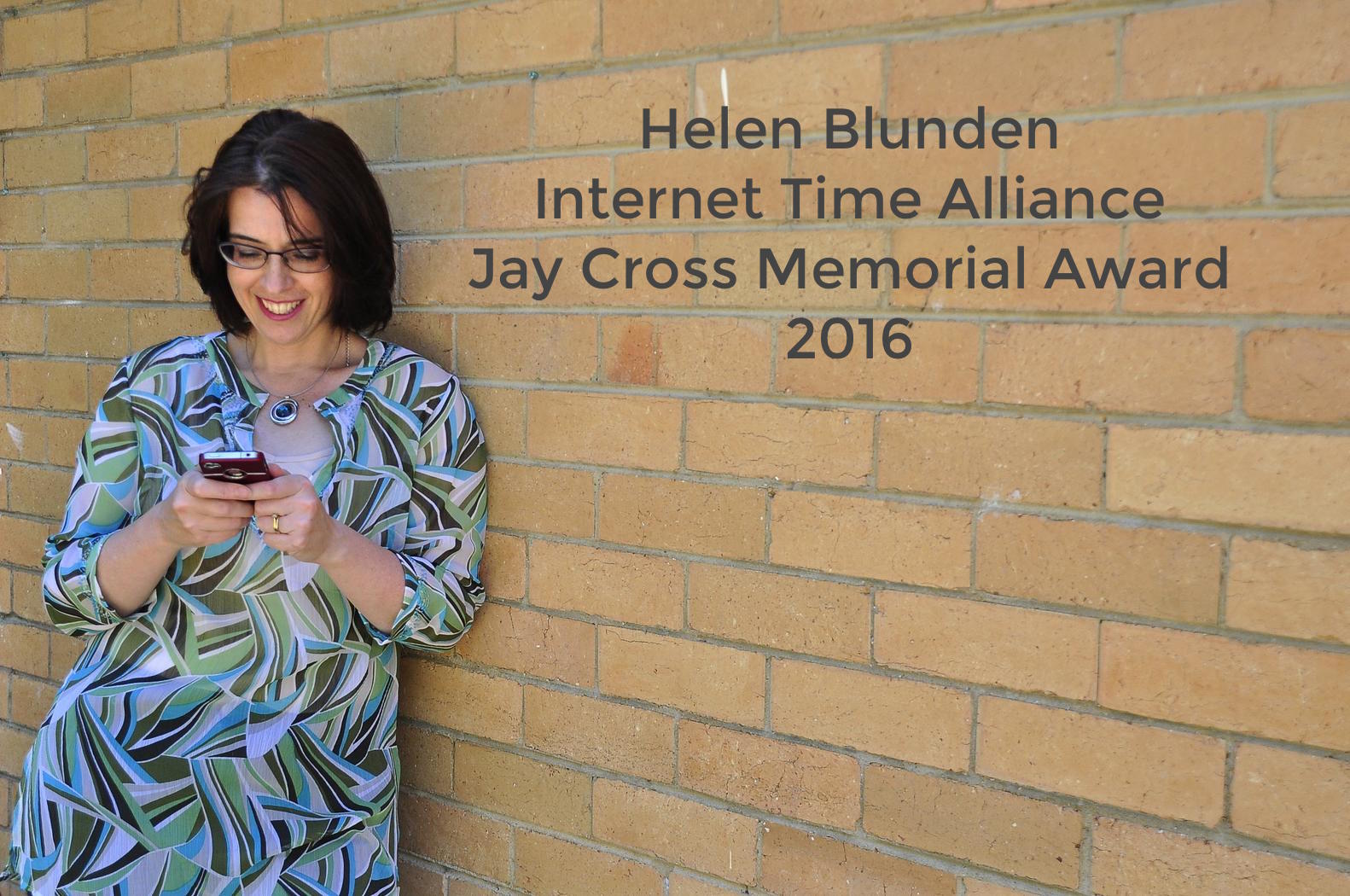Someone recently asked how you would go about measuring culture change, and I thought it’s an interesting question. I’ll think ‘out loud’ about what might be the possibilities. A learning culture is optimal for organizational innovation and agility, and it’s likely that not all elements are already in place. So it’s plausible that you’d want to change, and if you do, you’d like to know how it’s going.
I think there are two major categories of measures: direct and indirect. Direct measures are ones that are impacting the outcomes you’re looking for, and indirect ones are steps along the way. Say, for instance, one desirable outcome of a learning culture would be, well, learning! In this case, I mean the broad sense of learning: problems solved, new designs generated, research answering questions. And indirect would be activity likely to yield that outcome. It could be engagement, or social interaction, or… If we think of it in a Kirkpatrickian sense, we want to generate the indirect activity, and then measure the actual business impact.
What direct measures might there be? I can see time to solve customer problems or problems solved per time. And/or I might look at the rate of research questions answered. Or the rate of new product generation. Of course, if you were expecting other outcomes from your culture initiative, you’d naturally want aligned methods. You could just be concerned with employee engagement, but I’m somewhat inclined (and willing to be wrong) to think about what the outcome of increased engagement would be. It could also be retention or recruitment, if those are your goals.
These latter – engagement, recruitment, retention – are also possible indirect measures. They indicate that things are better. Another indirect but more targeted measure might be the amount of collaboration happening (e.g. the use of collaboration tools) or even activity in social networks. Those have been touted as the benefits of building community in social media, and those are worthwhile as well.
As a process, I think about what I might do before, during, and after any culture change initiative. I’d probably want a baseline to begin with, and then regular (if not continual) assessments as we go. I’d take small steps, perhaps in one unit to begin, and monitor the impact, tuning as I go along. Culture change is a journey, not an event, after all ;).
So ok, that’s off the top of my head, what say you?


